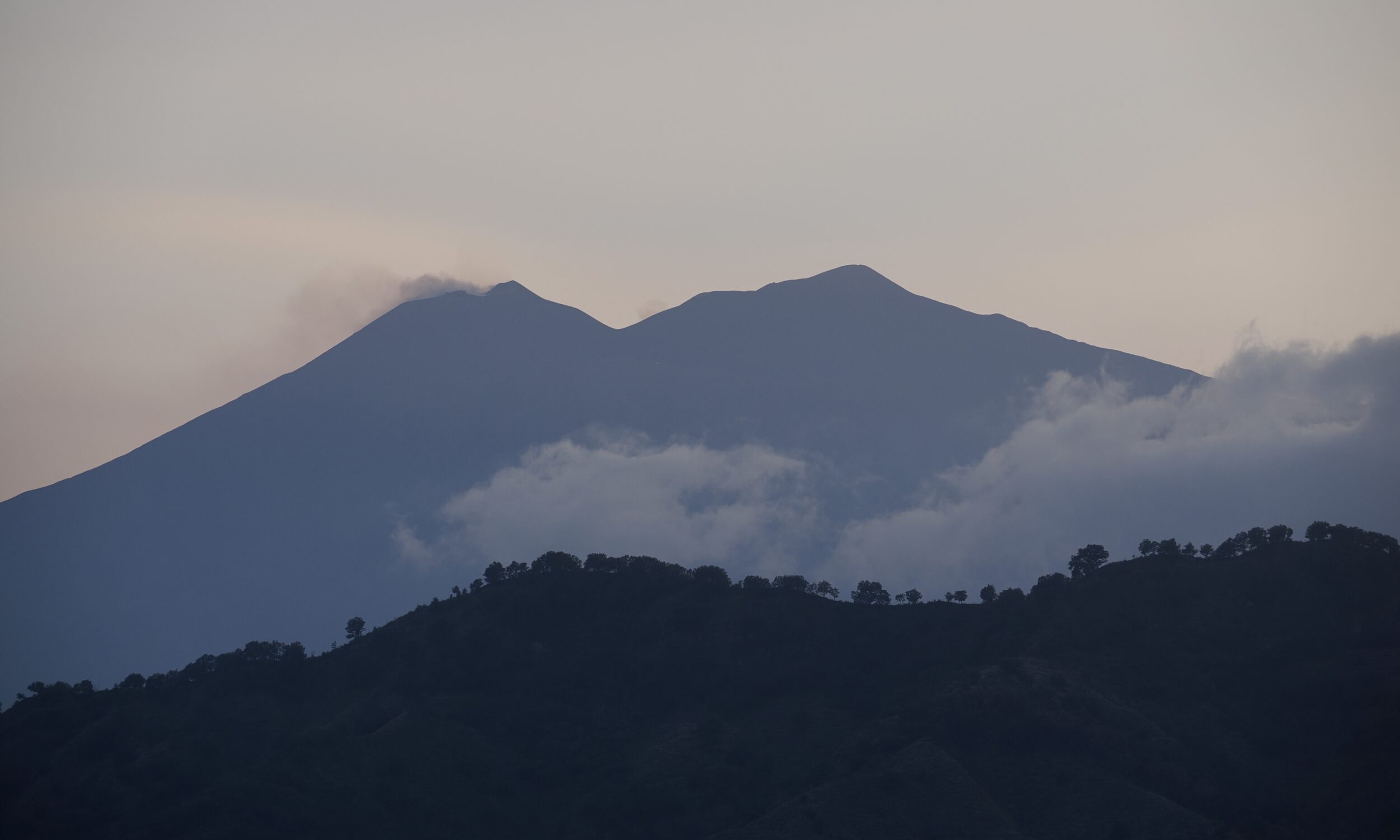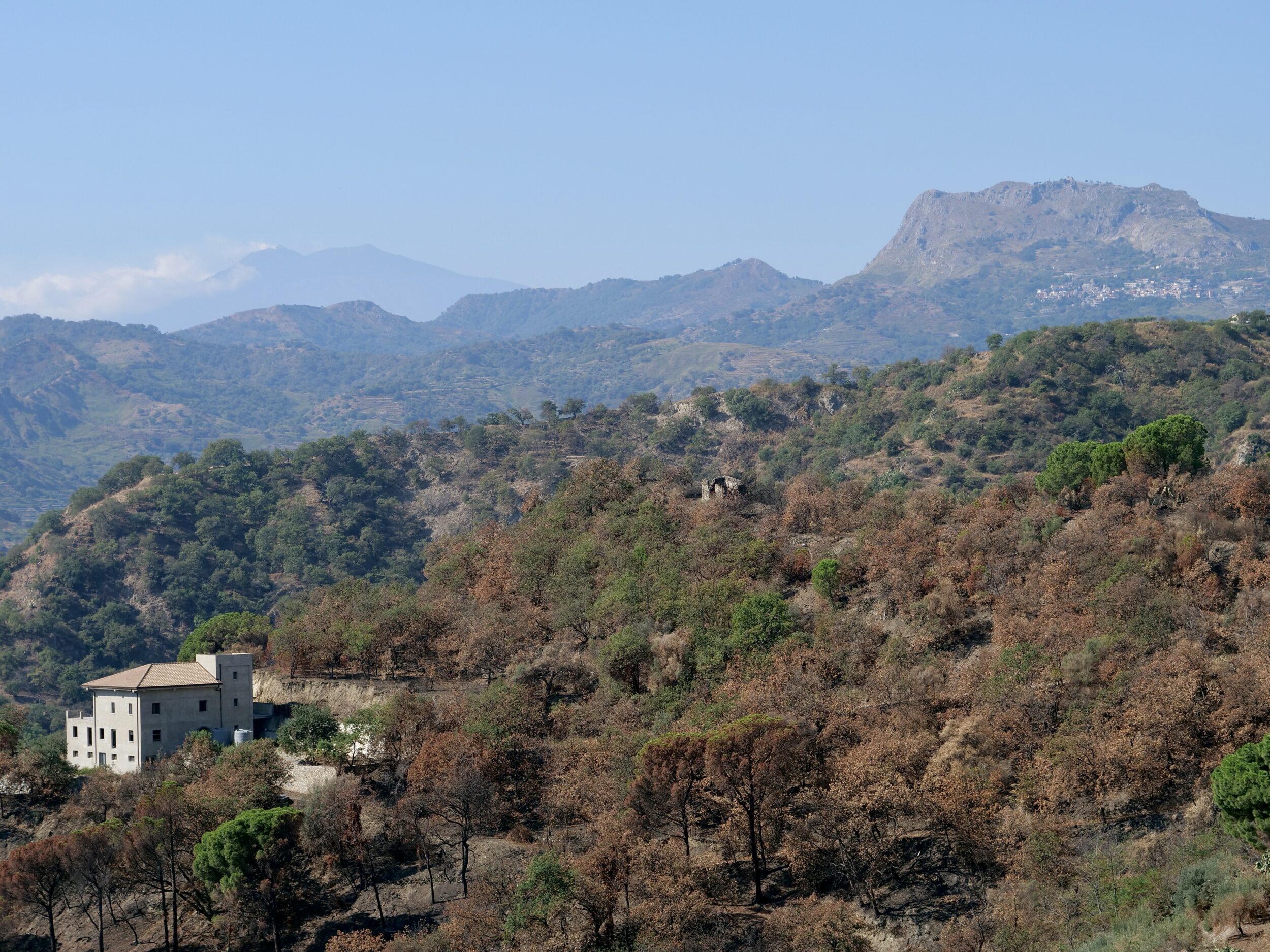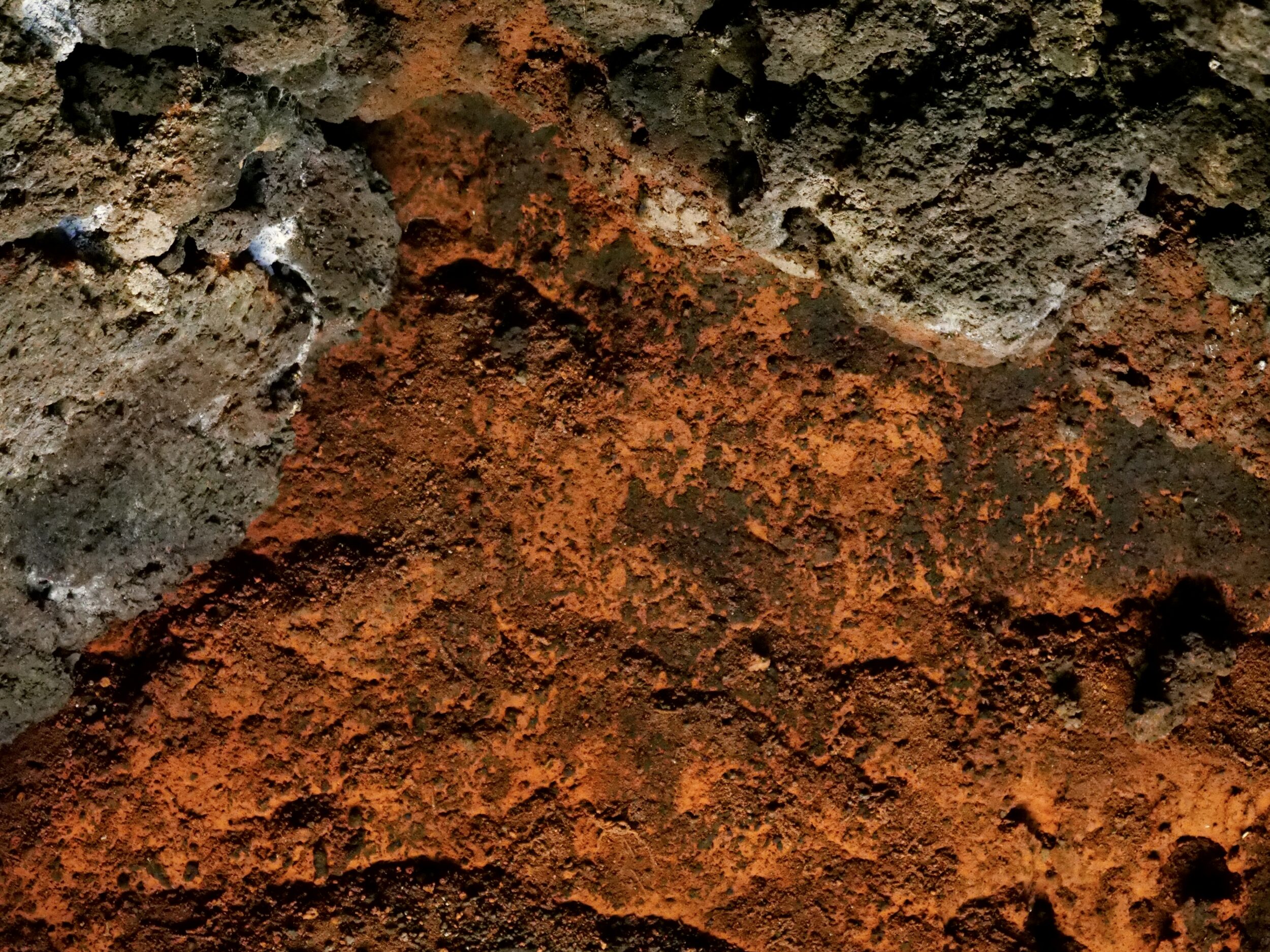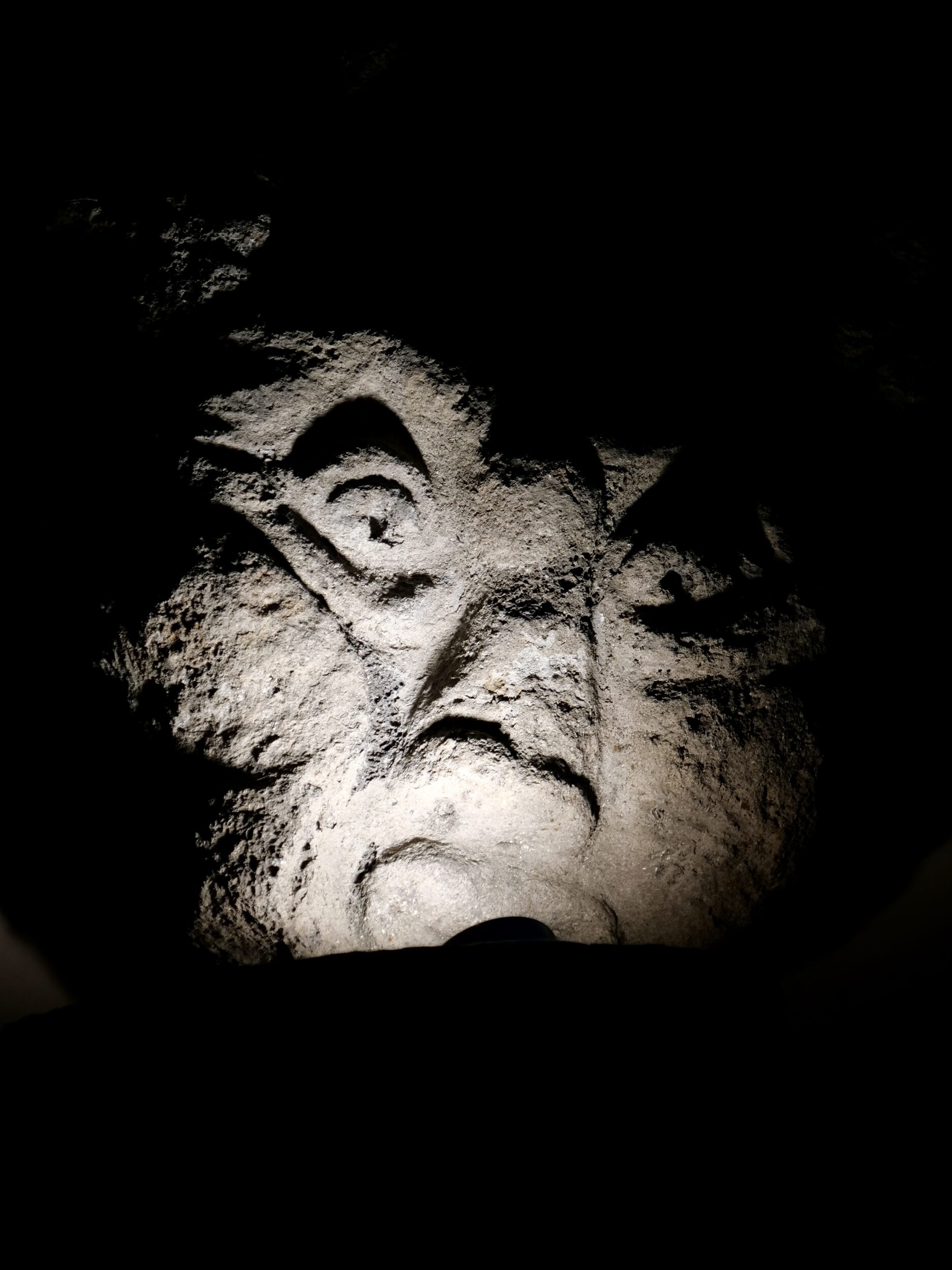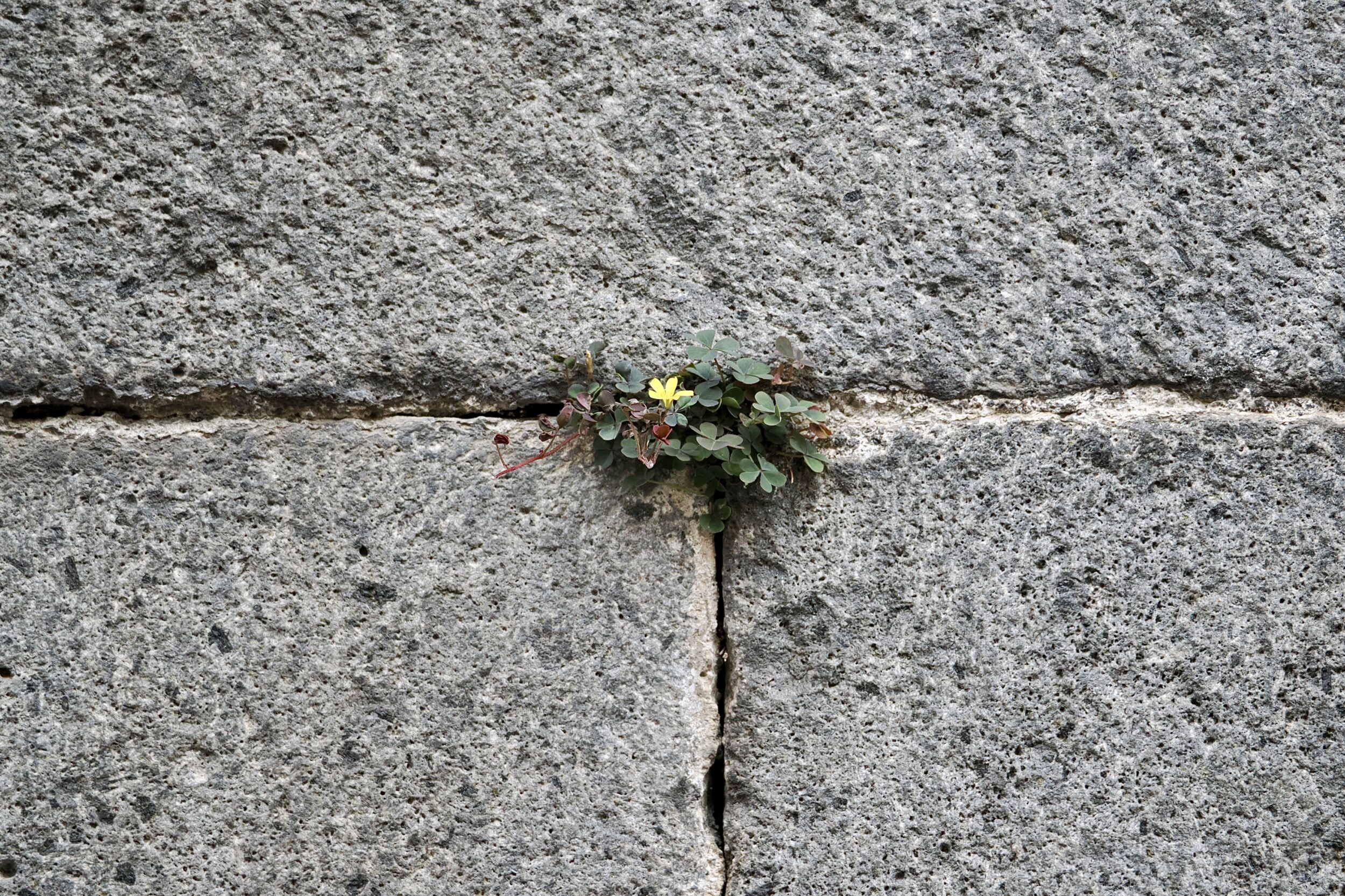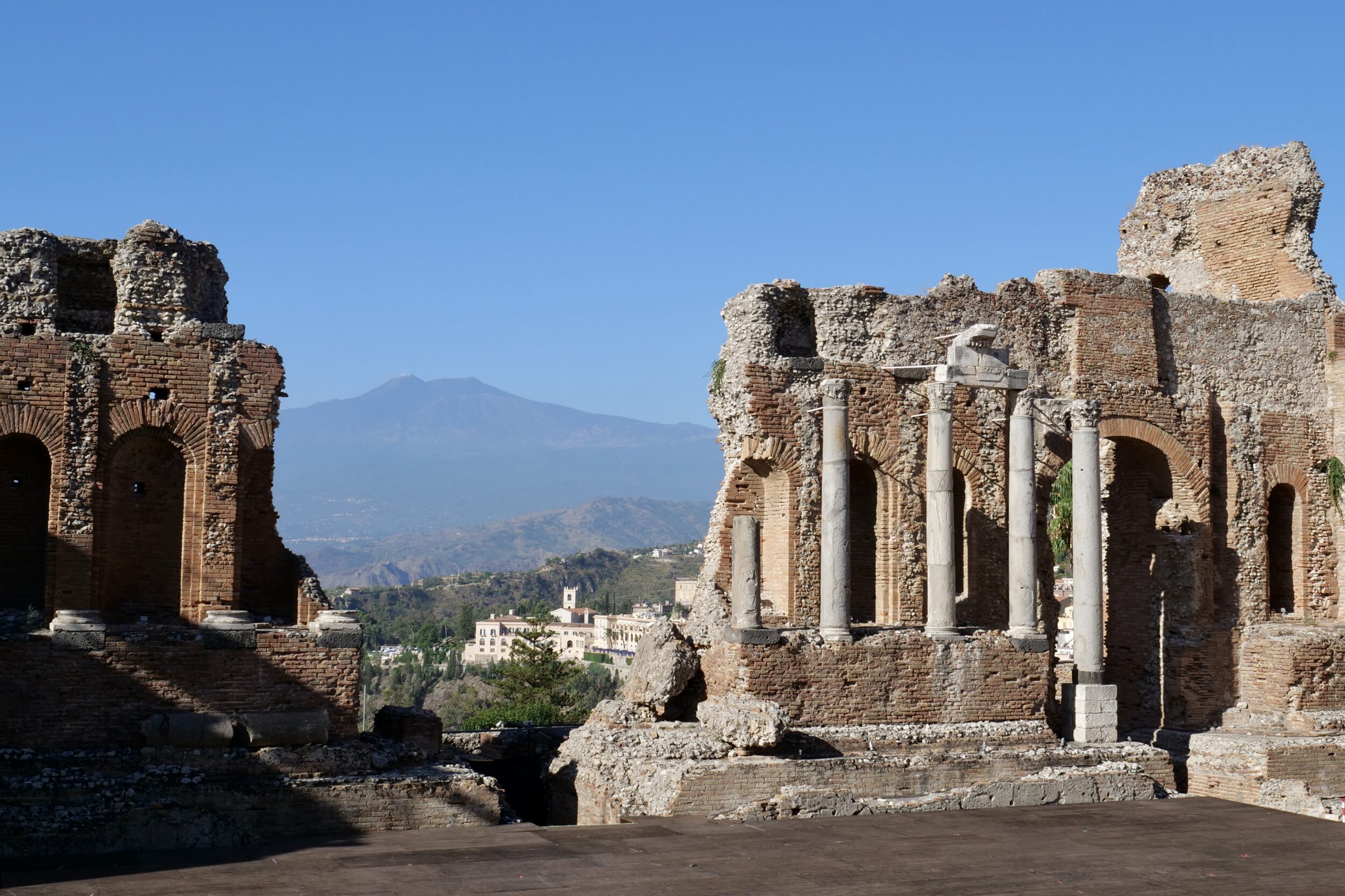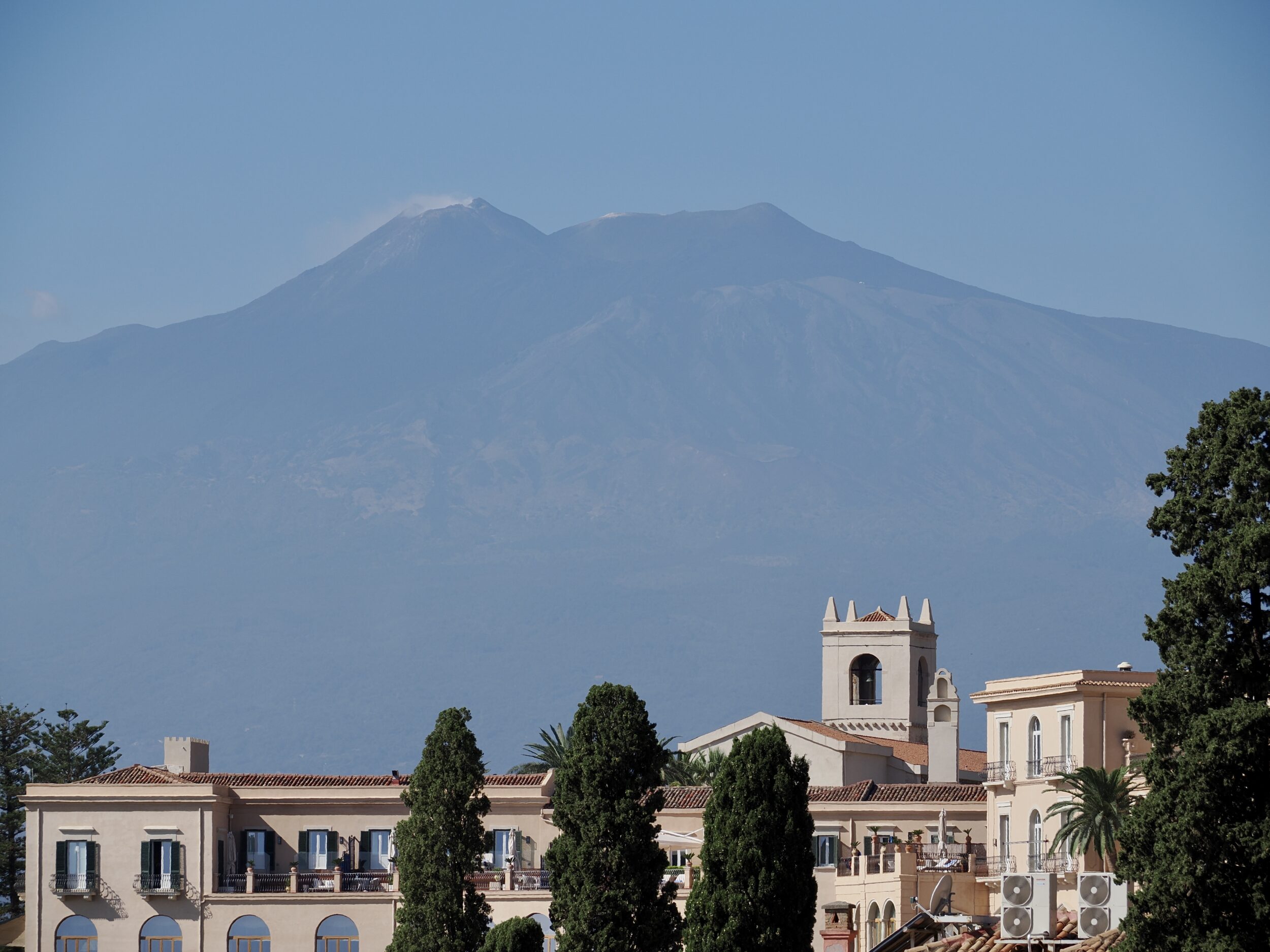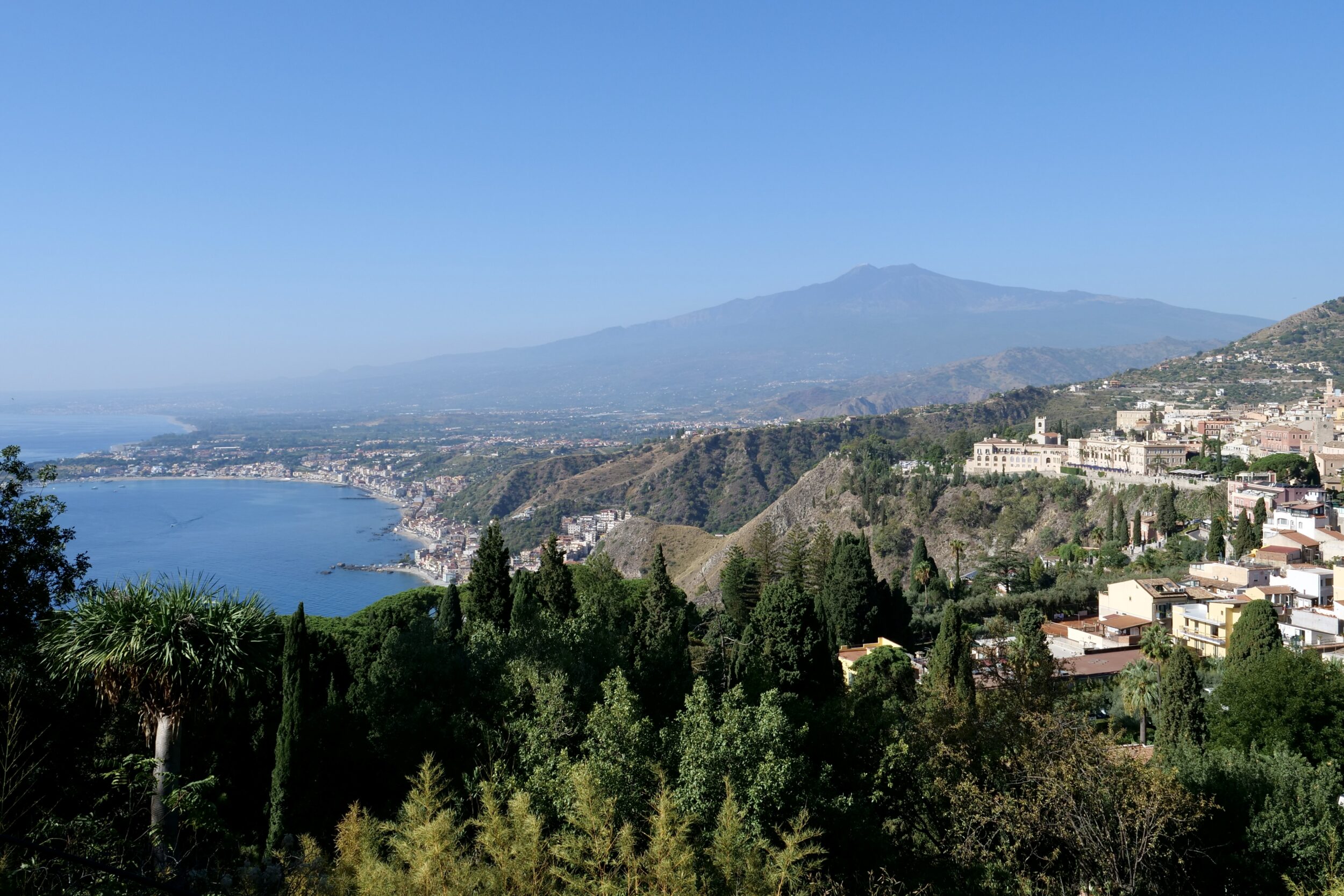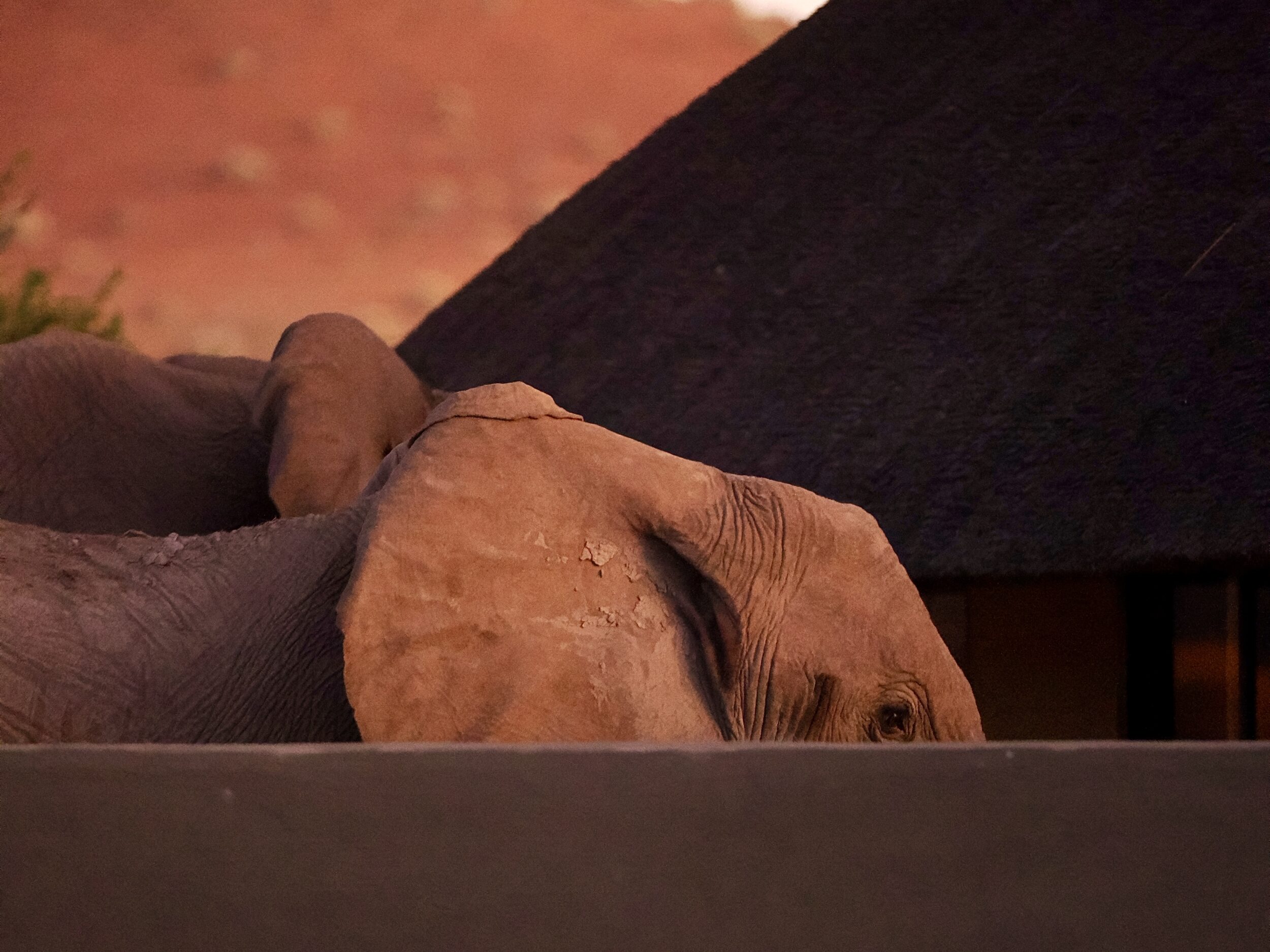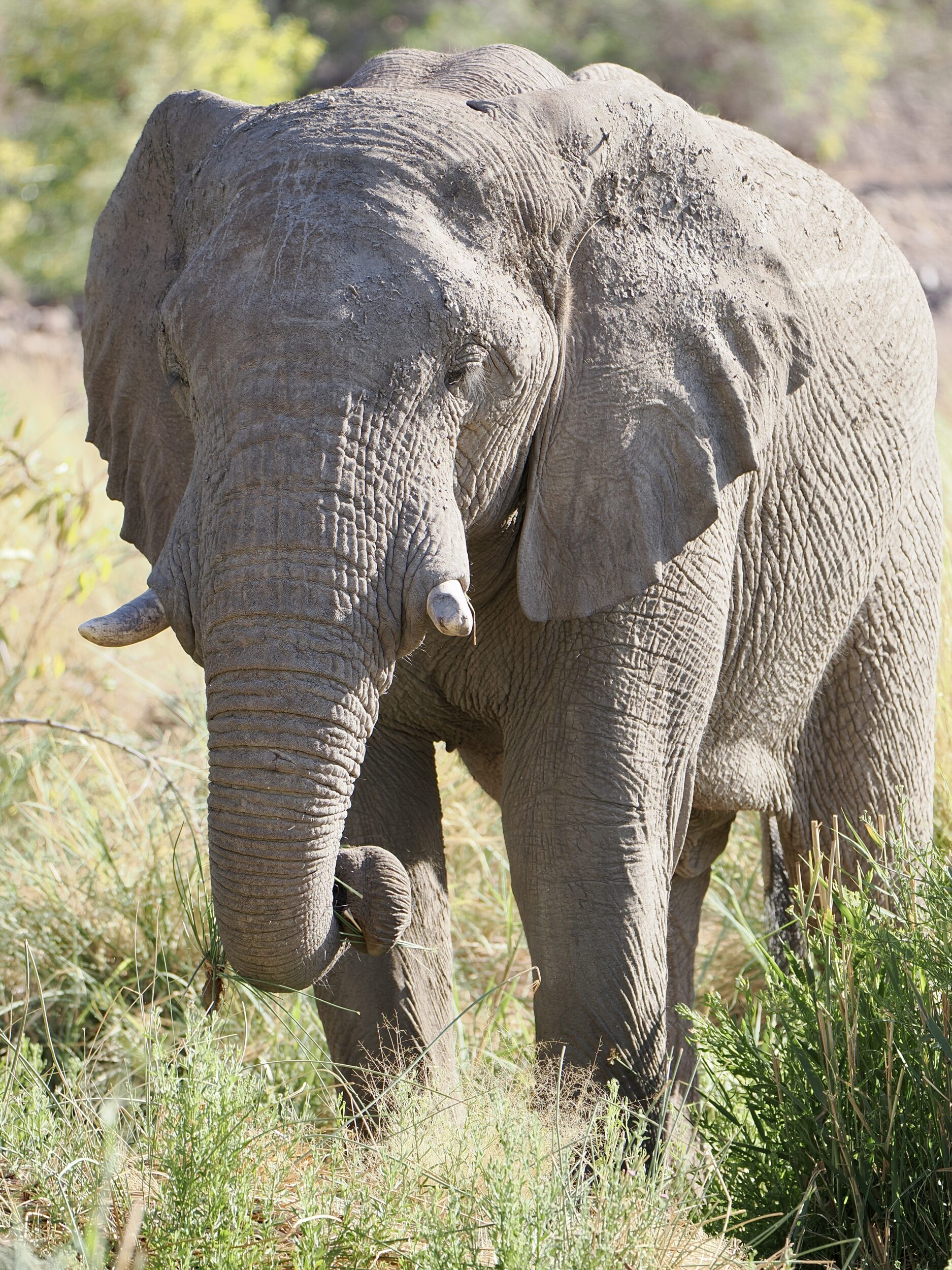We spent the afternoon of 01 October 2023 in a Sicilian village, a little northeast of Etna.
Spectacularly sited atop a steep hill, Motta Camastra is celebrated for its oft-huge, very tasty walnuts; they are sometimes marketed as “Etna walnuts”.
Having just attended the village’s annual walnut festival, we were walking to the bus which would take us back to the valley below.
At 6.19 pm, sunset on Sicily’s east coast – circa 20 kilometres distant – was 25 minutes away…
One Comment